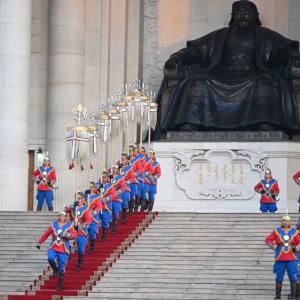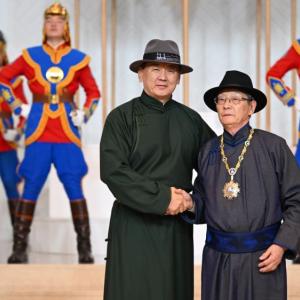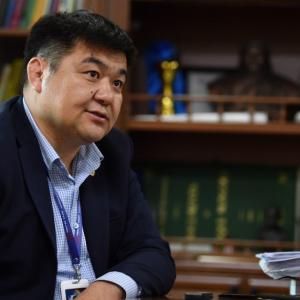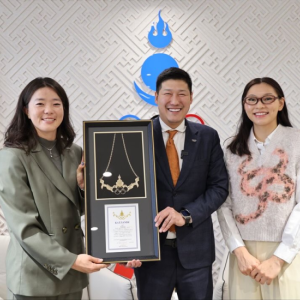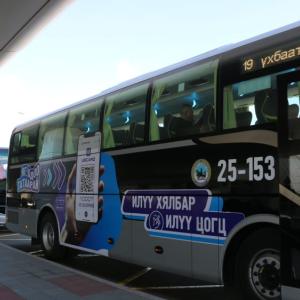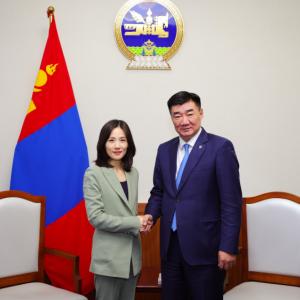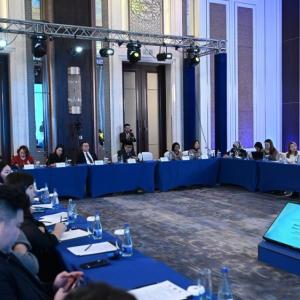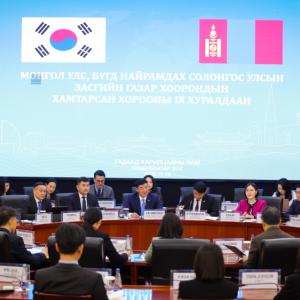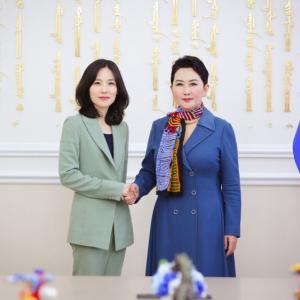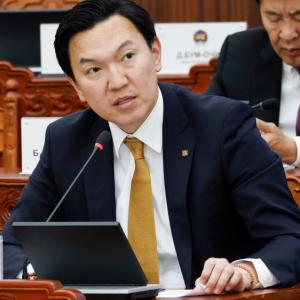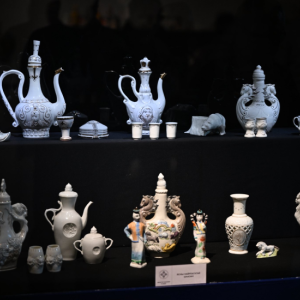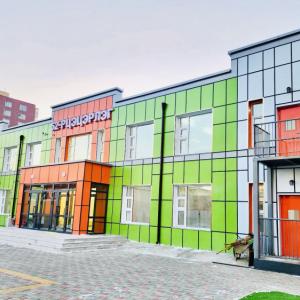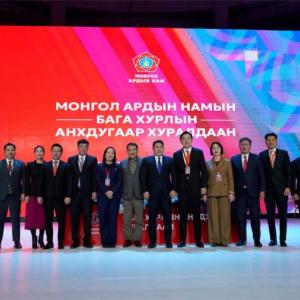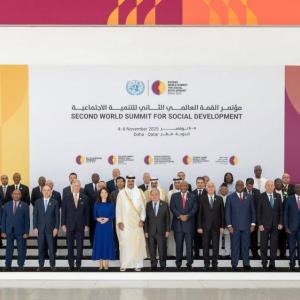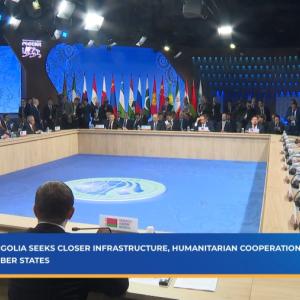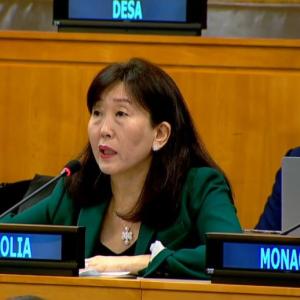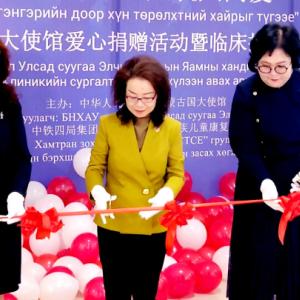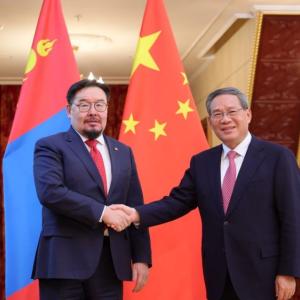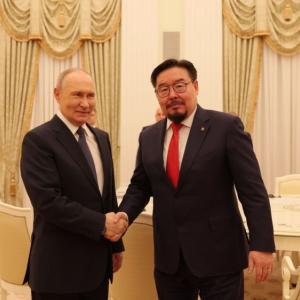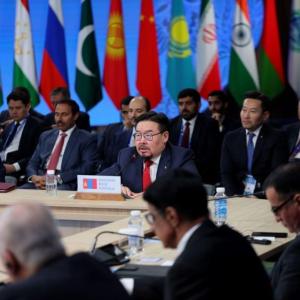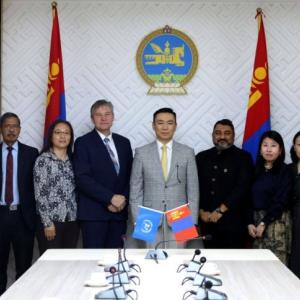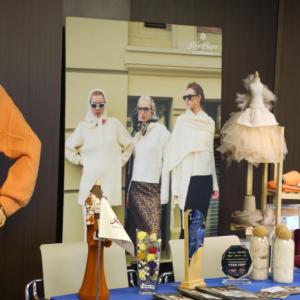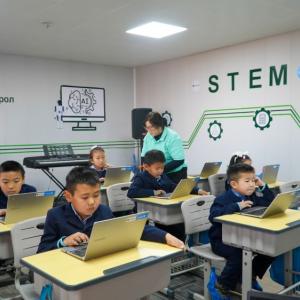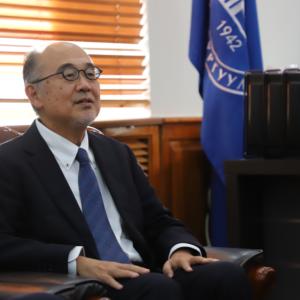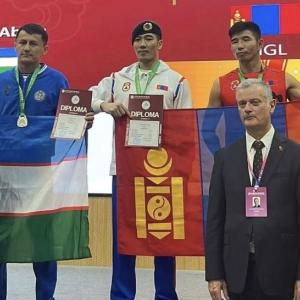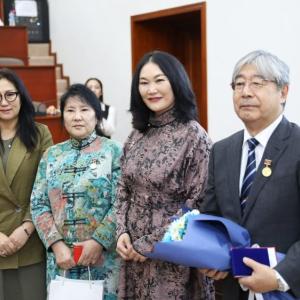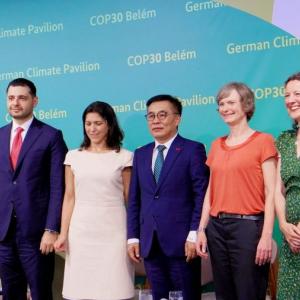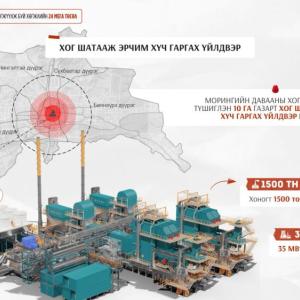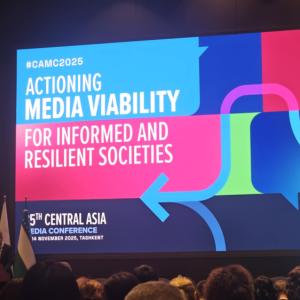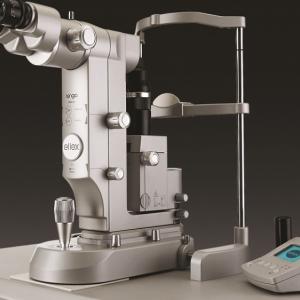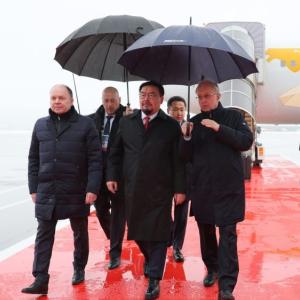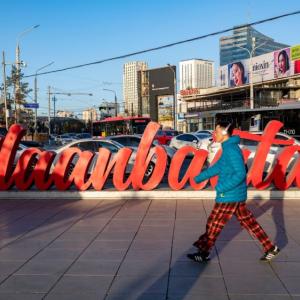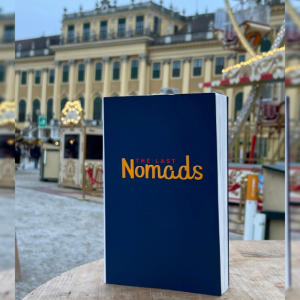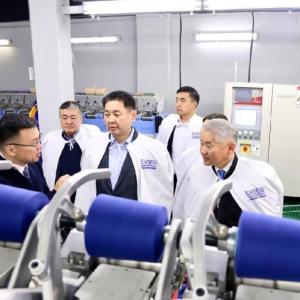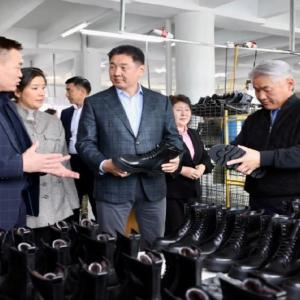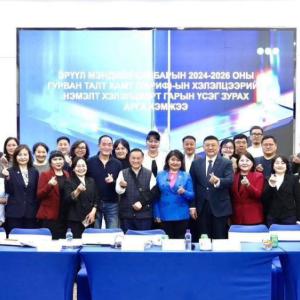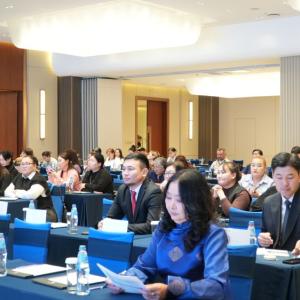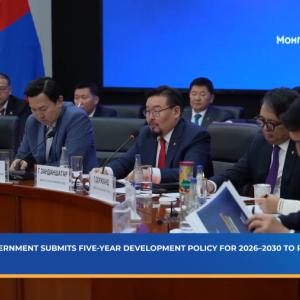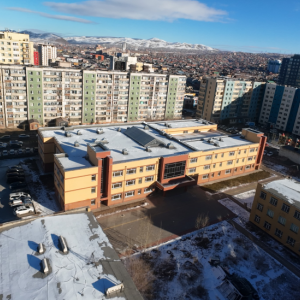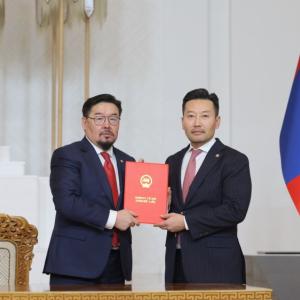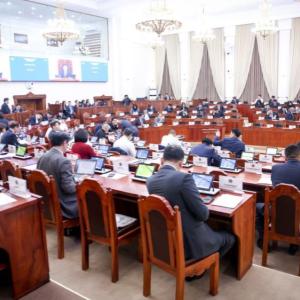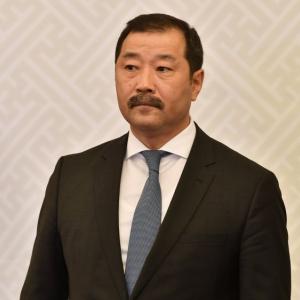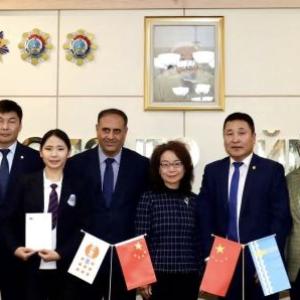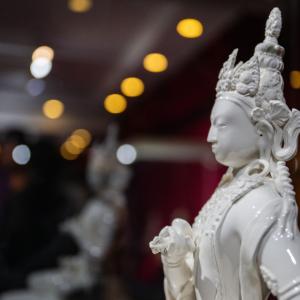ASEF Summer University celebrates its 20th anniversary
The Mongol Messenger48 young people journey across China-Russia-Mongolia
On July 15-16, Mongolia hosted the 11th Asia-Europe Meeting which celebrated its 20th anniversary. In conjunction with the ASEM Summit, Mongolian Youth Federation worked closely with Asia-Europe Foundation (ASEF), the only permanent institution with ASEM, to organize the 7th Model ASEM which gathered about 120 young people from 51 countries to discuss political, economical and cultural pillars of ASEM. This time, the two organizations took their cooperation to another level with another project, ASEF Summer University.
The ASEF Summer University is a 2-week program that aims to promote cross-cultural exchange among youth from ASEM countries by offering opportunities to explore socio-economic issues through a program of lectures, workshops, field visits, and other highly interactive activities. The Summer University is organized annually in either in Asia or Europe. Celebrating its 20th anniversary this year with the ASEM, the Summer University took an interesting approach to connectivity between Asia and Europe.
In connection with the 20th Anniversary of the ASEM process, ASEFSU20 looks into the concept of ‘Connectivity’ between Asia and Europe from 3 lenses: Human Connectivity, Trade and Economic Cooperation, and Transport. ASEFSU20 leverages on accelerating social and economic linkages between the 2 dynamic continents. The journey passes through emerging economic corridors in Mongolia, China and Russia where the participants were able to meet and learn from local communities and take on real-scenario challenges on roads, railways, maritime and air transportation.
With the theme ‘Gateways of Asia and Europe: Connectivity by Land, Sea and Air’, the 20th Summer University was a journey passing through Chinese capital Beijing – Harbin – Russian Vladivostok city – Chita – Irkutsk – and Mongolia's capital, Ulaanbaatar. From August 15 to September 3, 48 students and young professionals from 46 ASEM member nations traveled on train through the three neighbors exploring the role of transportation and trade connecting Asia and Europe – in the past, present and future. The participants’ age ranges from 18 to 30.
On August 30, the group arrived in Ulaanbaatar by train to begin their adventure in Mongolia. Their activities in Mongolia were coordinated and organized by the Mongolian Youth Federation and Ulaanbaatar Railways. Partnering with the Asia-Europe Foundation on this project commemorating the 20th anniversary of ASEFSU are the Ministry of Foreign Affairs of the People's Republic of China, Ministry of Foreign Affairs of the Russian Federation, Ministry of Foreign Affairs of Mongolia, Ministry of Education and Science of the Russian Federation, Beijing Jiaotong University, Harbin Institute of Technology, Vladivostok State University of Economics and Service, Transbaikal State University, Irkutsk State University, Mongolian Youth Federation, Ulaanbaatar Railway Joint Venture Company and Russian Railways.
A welcoming ceremony was held at the train station, and officials such as L.Purevbaatar, Chief of Ulaanbaatar Railway Company, M.Tsogt, Head of Organization of Railway Youth and Chief of Ulaanbaatar Railway Station and Leonie Nagarajan, Director of Education Department at ASEF were present. Leonie Nagarajan was travelling with the group.
“Today, we are having an opening ceremony at the railway station. It is a beautiful combination of theory and practice”, Leonie Nagarajan said to me. “Today, we are going to have lectures on youth collaboration and youth connectivity through the Mongolian Youth Federation. We will have some workshops on the infrastructure of railway and good governance in railway. Tomorrow, we are going to the international corporation in Mongolia, and visit the UN House. The next day, we will travel to the countryside and see the nomadic way of living in Mongolia”, she illustrated the schedule of the Summer University in Mongolia. Moreover, the young people will also engage in other fun activities such as planting trees, visiting the Railway Museum and experiencing certain aspects of Mongolian traditional culture during their 3-day stay.
Journeyers share their impressions and experiences
 In its 20-year history, the ASEF Summer University hasn’t set foot in Mongolia; however, this year, the project concludes in Mongolia partially because of the ASEM Summit. “Also, we have already built-up a good partnership with Mongolian Youth Federation; so we are happy to strengthen the relations”, Leonie said. When asked about the significance of this Summer University, Leonie said, “The focus is on connectivity, so they are learning about different transport modes, historical perspectives and current challenges in the field of transportation; it’s a very interdisciplinary course. It’s not just lectures in universities, although universities are our partners. It is basically learning while being on the road making visits to railway depots or places of human connectivity. It’s a very holistic approach and experiential learning”.
In its 20-year history, the ASEF Summer University hasn’t set foot in Mongolia; however, this year, the project concludes in Mongolia partially because of the ASEM Summit. “Also, we have already built-up a good partnership with Mongolian Youth Federation; so we are happy to strengthen the relations”, Leonie said. When asked about the significance of this Summer University, Leonie said, “The focus is on connectivity, so they are learning about different transport modes, historical perspectives and current challenges in the field of transportation; it’s a very interdisciplinary course. It’s not just lectures in universities, although universities are our partners. It is basically learning while being on the road making visits to railway depots or places of human connectivity. It’s a very holistic approach and experiential learning”.
Having been with the group for the entire tour, she shared her personal experience, “I think, they probably would like to continue for another 2 weeks on the train. It’s a beautiful way of travelling. You travel slowly with the time, you see the locations you are passing by; it’s not like flights where you are disconnected from the actual location. You can slowly prepare to arrive at your next location and lots of people were reading on the train. It has been a fantastic project and I would do it again”.
We also met international participant, Petr Vnenk, a PhD student at the University of Pardubice, Czech Republic. He said, “When I first saw the program, I was super excited because my specialization is railway infrastructure and the vast majority of the program is connected to railways. It was not just a railway journey, but we also had many workshops on railways and other interesting things that we got along the journey, so I joined in. All three countries are neighbors; it means that they have a strong connection with each other. It was very interesting for me to see how these three large countries in this region cooperate with each other,” Petr said about the China-Russia-Mongolia route. “I wanted to know about railways in this part of the world because railway is the major transportation infrastructure here,” he added. “I definitely would like to discover how Mongolian railways work, their potential, and how they can improve in the future”, he said about his schedule in Mongolia, the last stop.
From Mongolia, B.Munkhnaran, a Masters graduate in international relations from the US took the journey representing his country. “We attended workshops on different topics at each stop. For example, in Vladivostok, we talked about ship transport, and in Chita, we concentrated on people-to-people communications and social and historical relations. In China, we had more opportunities to meet with scientists and researchers. So some Masters students of our group were able to acquire needed information plus real experience,” he told us.
During the journey, the participants were divided into 8 teams, and the teams were assigned with particular tasks. “At the end of the task, we had to come up with suitable solutions. For instance, we have been preparing a document to propose at the 4th ASEM Transport Ministers’ Meeting which is to be held in Indonesia next year”, Munkhnaran said. “This journey followed my dream route”, he shared. He had previously worked on a railway project. So he wanted to see for himself the connectivity, and current challenges. “On the other hand, it was very interesting and fruitful to see and compare how the infrastructure evolved and progressed through history. I think, after everything we saw and experienced, everybody is leaving with positive impressions and futuristic visions,” Munkhnaran told us.
Kh.Aminaa
The article is featured in the Mongol Messenger's newspaper No.35 for September 2, 2016.
 Ulaanbaatar
Ulaanbaatar





